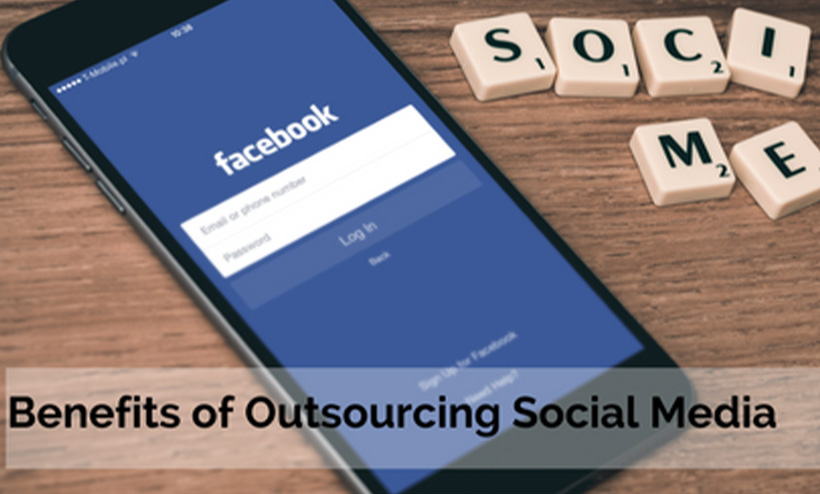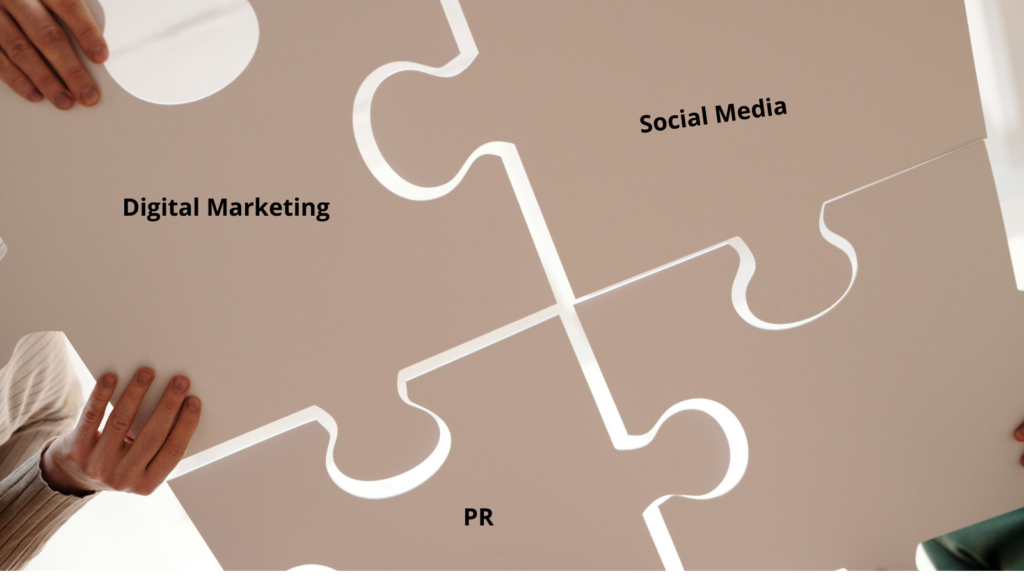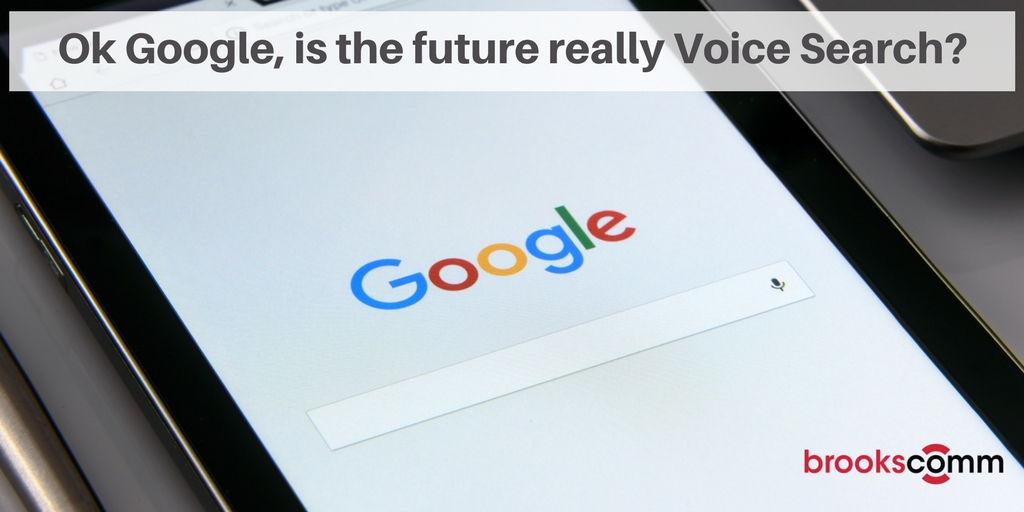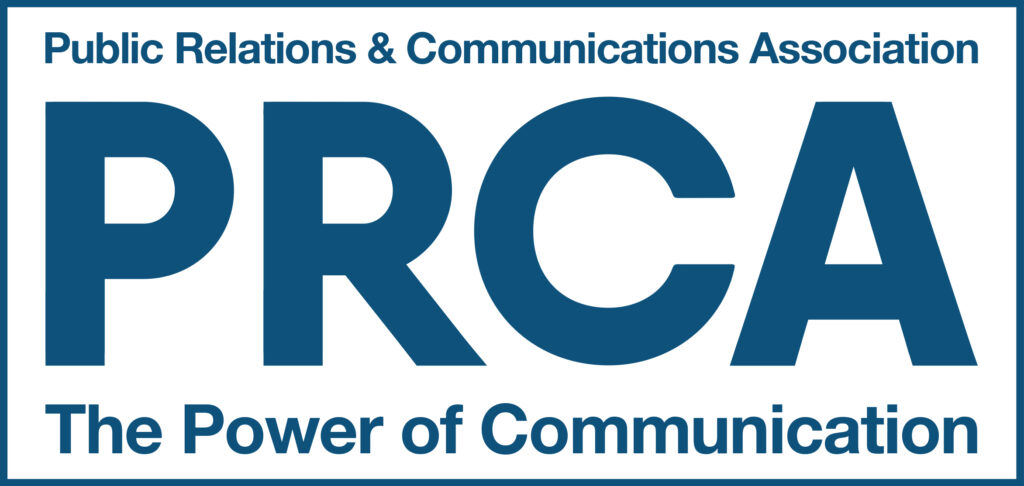
How to improve paid media campaign conversion rates
The likes of Facebook, LinkedIn and Twitter have honed the art of targeting and content delivery to near perfection. For brands it’s never been easier

The likes of Facebook, LinkedIn and Twitter have honed the art of targeting and content delivery to near perfection. For brands it’s never been easier

Businesses invest a huge amount of capital on manufacturing, shipping, and research & development but often overlook marketing. Marketing is at its most powerful when

Clueless on SEO, unsure of whether you should #FF or scratching your head at the prospect of writing a meta description? Fear not, as we

Social media isn’t just for teenagers! Whether you are a start-up company or an established brand, utilising a variety of channels to increase brand awareness

No More Stuffing Envelopes! PR isn’t what it used to be. Traditional PR and its methods are still relevant, print is still in high demand,

The evolution of Marketing and PR, with the advances of technology, means that amazing, measurable, cost effective and successful integrated campaigns are now increasingly possible.

Technology is always evolving and the latest innovation, ‘Voice Search’ is gathering momentum, with the big players being Amazon’s Alexa, Microsoft’s Cortana, Ok Google and

Do you have your Weetabix with baked beans? No, we’re not going mad. If you didn’t know, in 2021 a Weetabix tweet went viral (and

Customers don’t think of brands in terms of digital marketing, advertising, PR or social media, so neither should you. Successfully integrating these communication disciplines makes

We are delighted to announce that we have created a new role, appointing Carys Geer as Client Services Director. The role of client services director
Call us now to discuss your PR & Marketing needs
01483 537 890
Alternatively, email us at
hello@brookscomm.com



Michael is our lead for digital marketing and responsible for developing strategic marketing
Michael is our lead for digital marketing and responsible for developing strategic marketing
Michael is our lead for digital marketing and responsible for developing strategic marketing that brings together communications and brand content across paid, earned, shared and owned media for brookscomm and its clients.
As a commercially astute professional with over 25 years of experience in marketing and PR, Michael uses an analytical approach to assess and optimise campaigns to meet KPIs. He is a digital advertising expert, planning and managing successful, cost-efficient campaigns on platforms such as Amazon, Google, Facebook, LinkedIn and Twitter.
A talented and adaptable writer, Michael produces clear marketing briefs and customer centric marketing and PR content across various formats, helping the business to deliver its integrated services.
Michael is committed to continuous development, earning professional and postgraduate digital marketing diplomas. He was also previously a committee member of the Surrey CIM (Chartered Institute of Marketing).